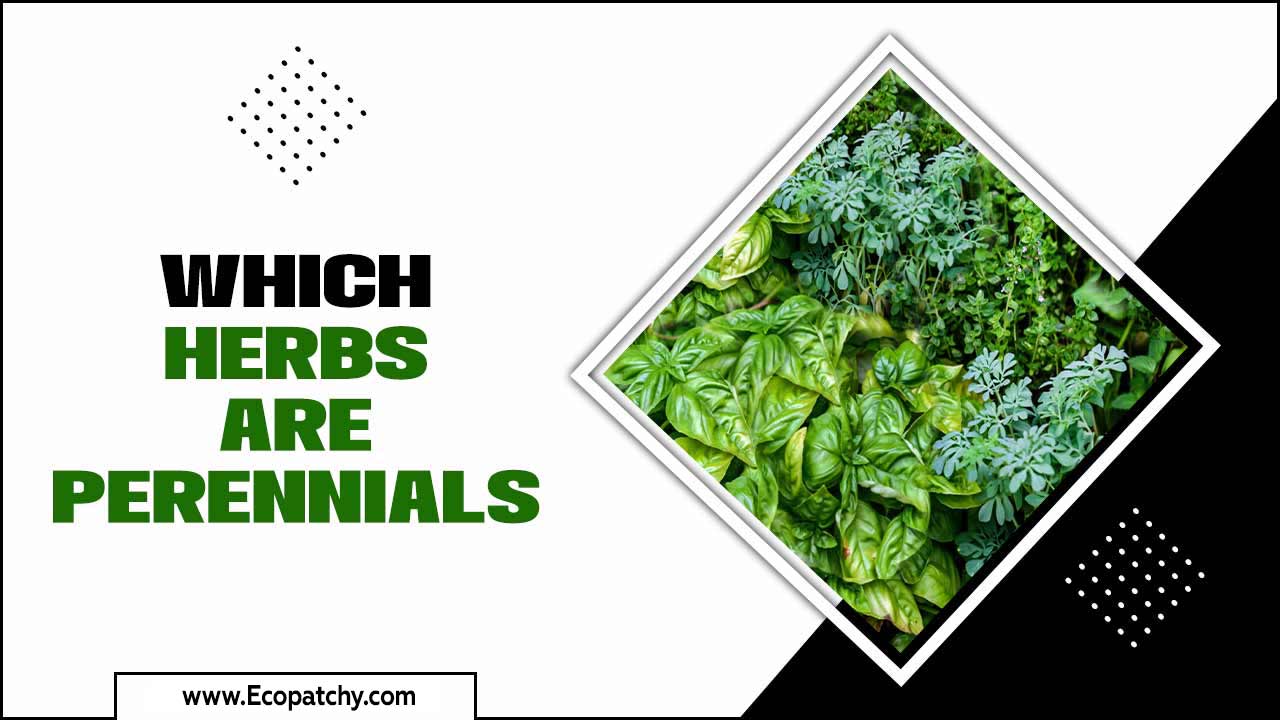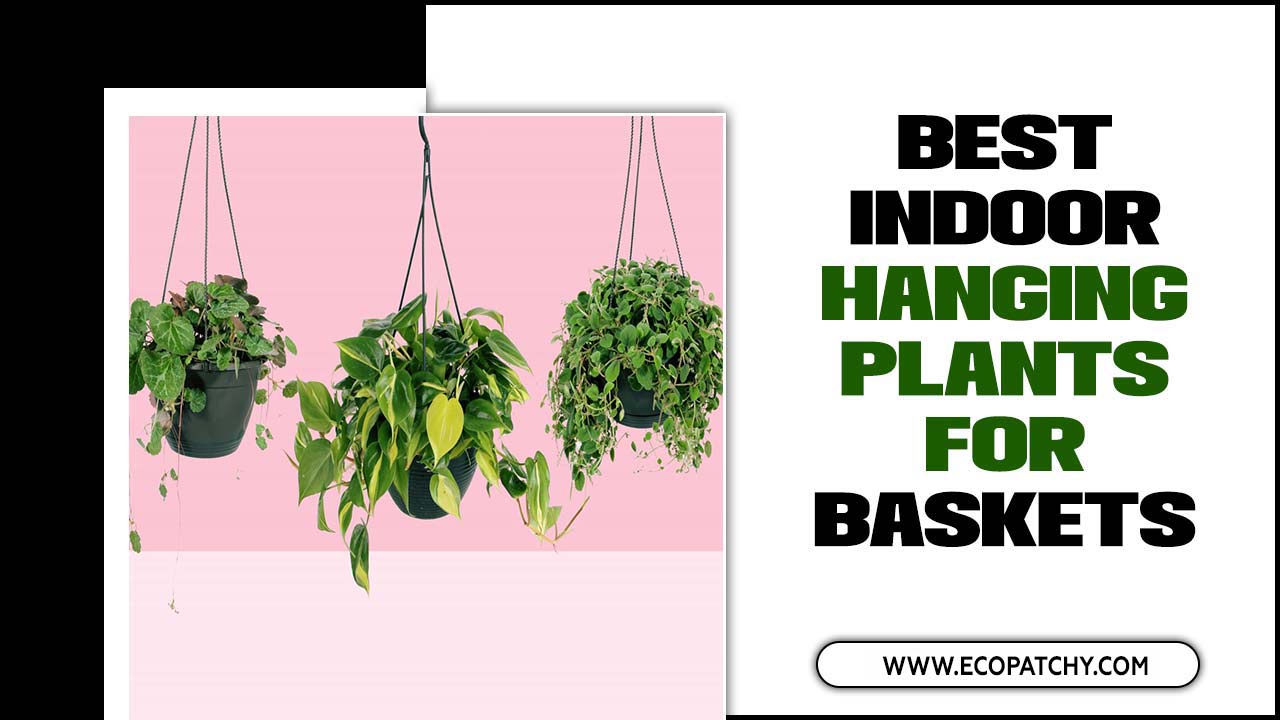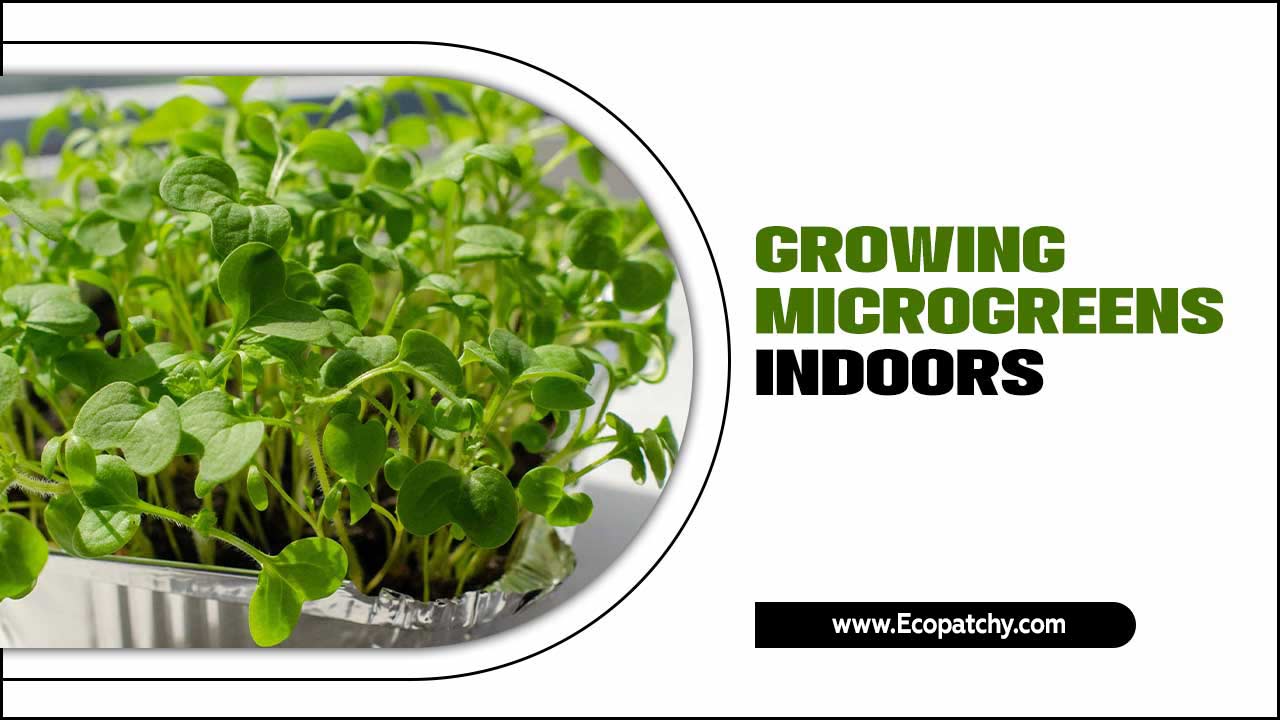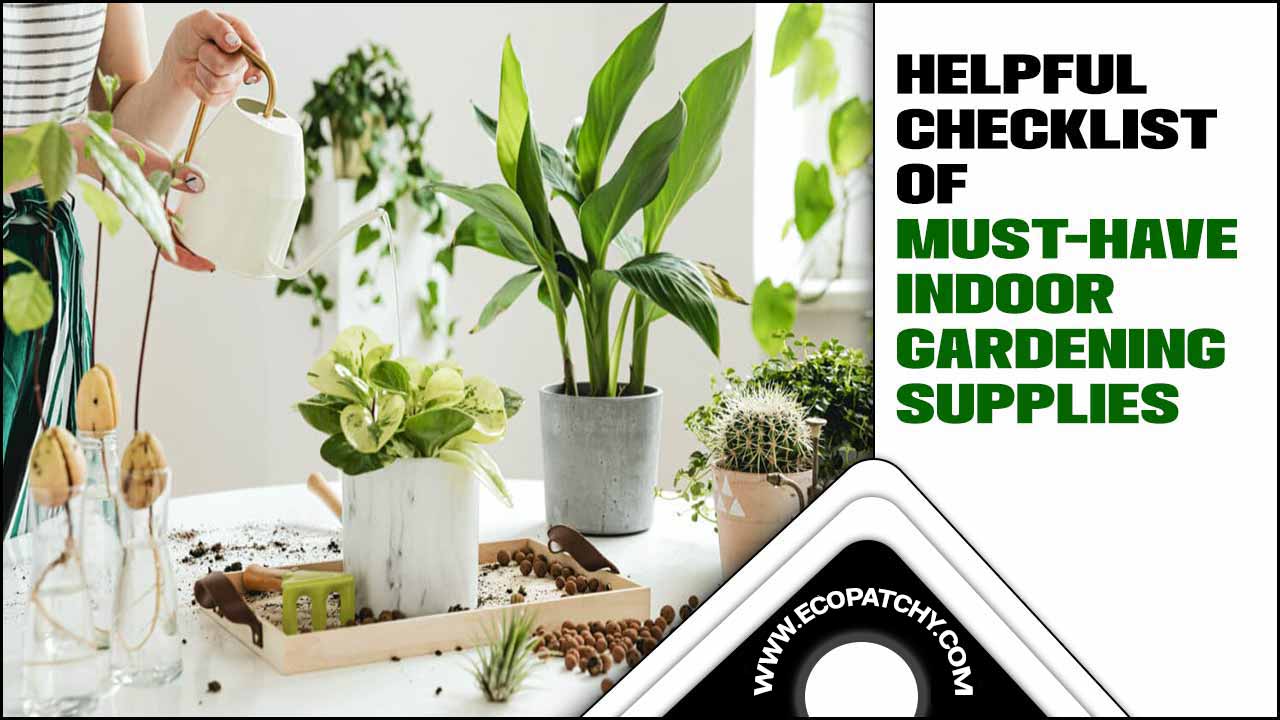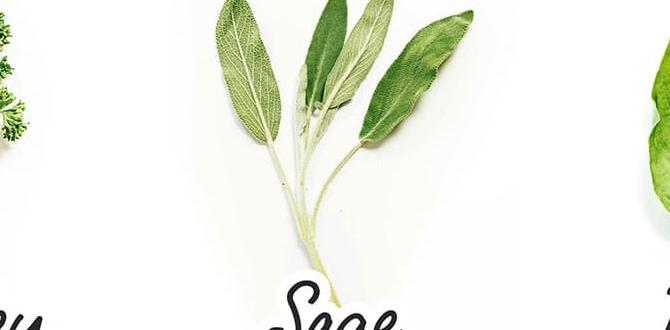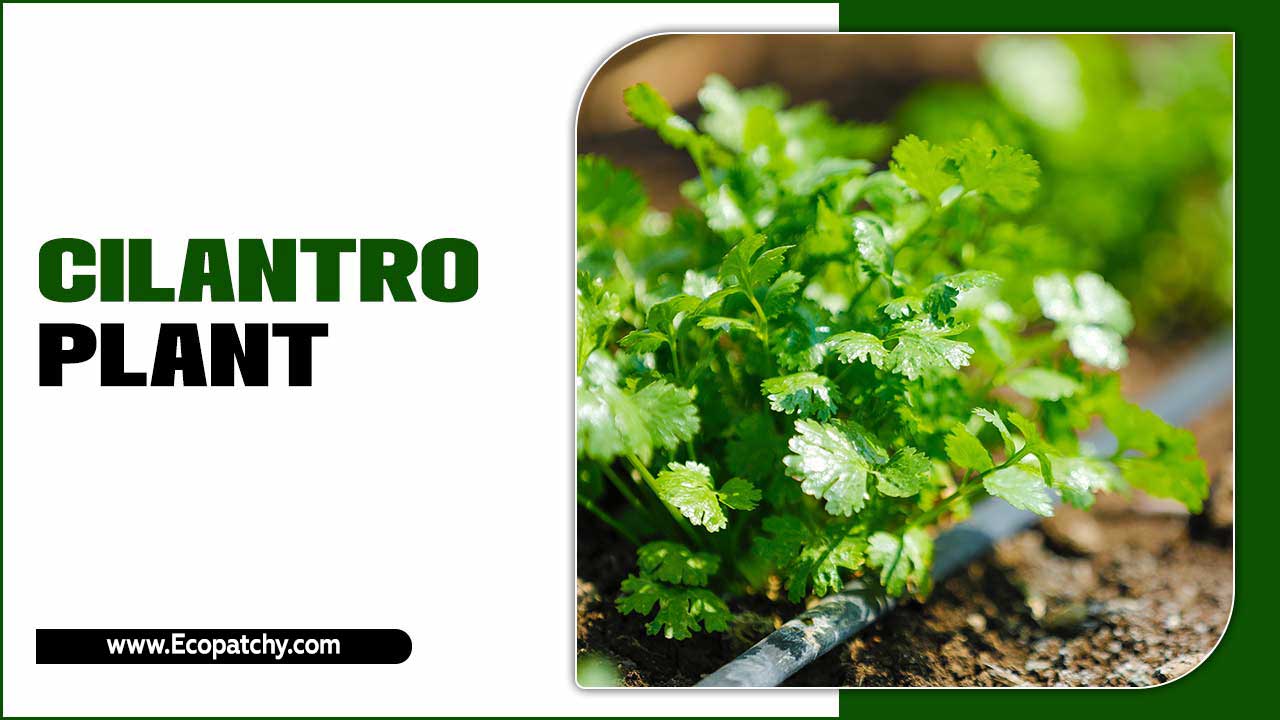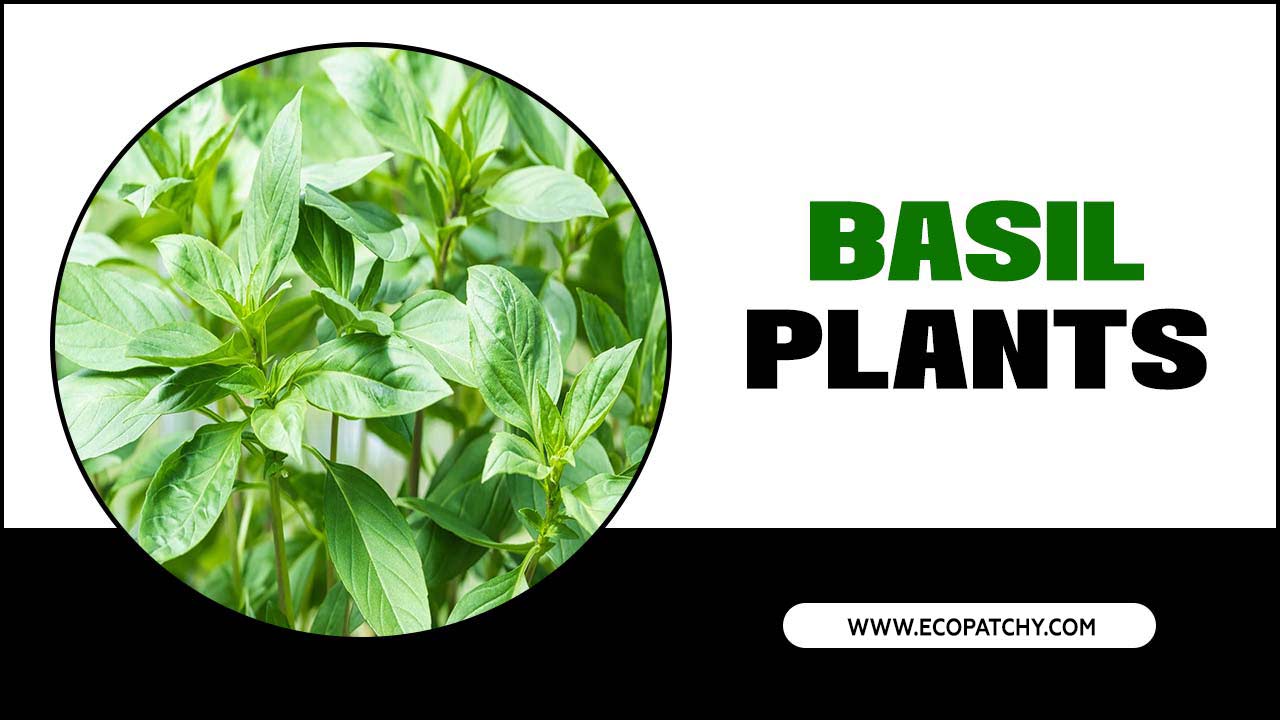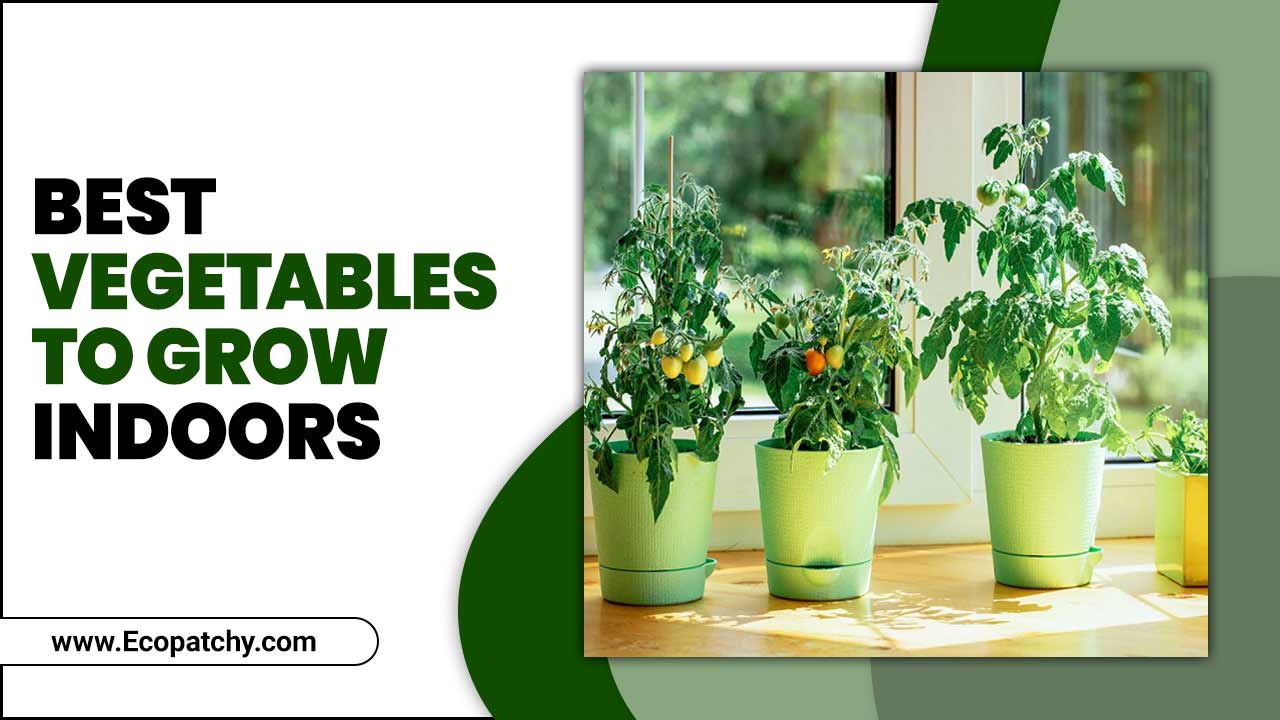Growing herbs indoors is a convenient and rewarding way to have fresh, flavorful ingredients at your fingertips all year round. Whether you live in a small apartment or have a spacious garden, indoor herb gardening is a great option for anyone looking to add some greenery and flavor to their home.
Not only do herbs provide a burst of freshness to any dish, but they also have numerous health benefits and can enhance the overall ambiance of your living space.
However, not all herbs thrive indoors, making it essential to choose the right ones for your indoor herb garden. We will explore the best herbs to grow indoors, their benefits, and how to care for them to ensure a successful harvest. From classic culinary herbs to lesser-known medicinal plants, we will cover everything you need to know to create a thriving indoor herb garden.
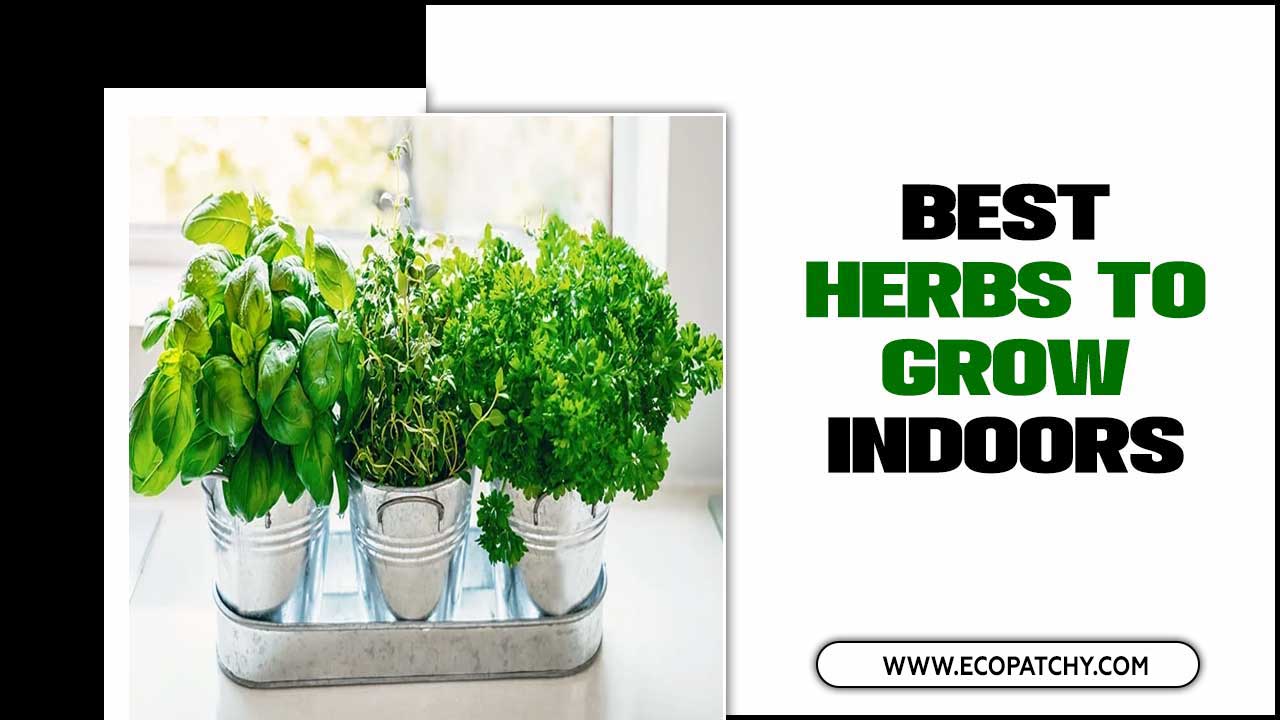
Essential Supplies For Growing Herbs Indoors
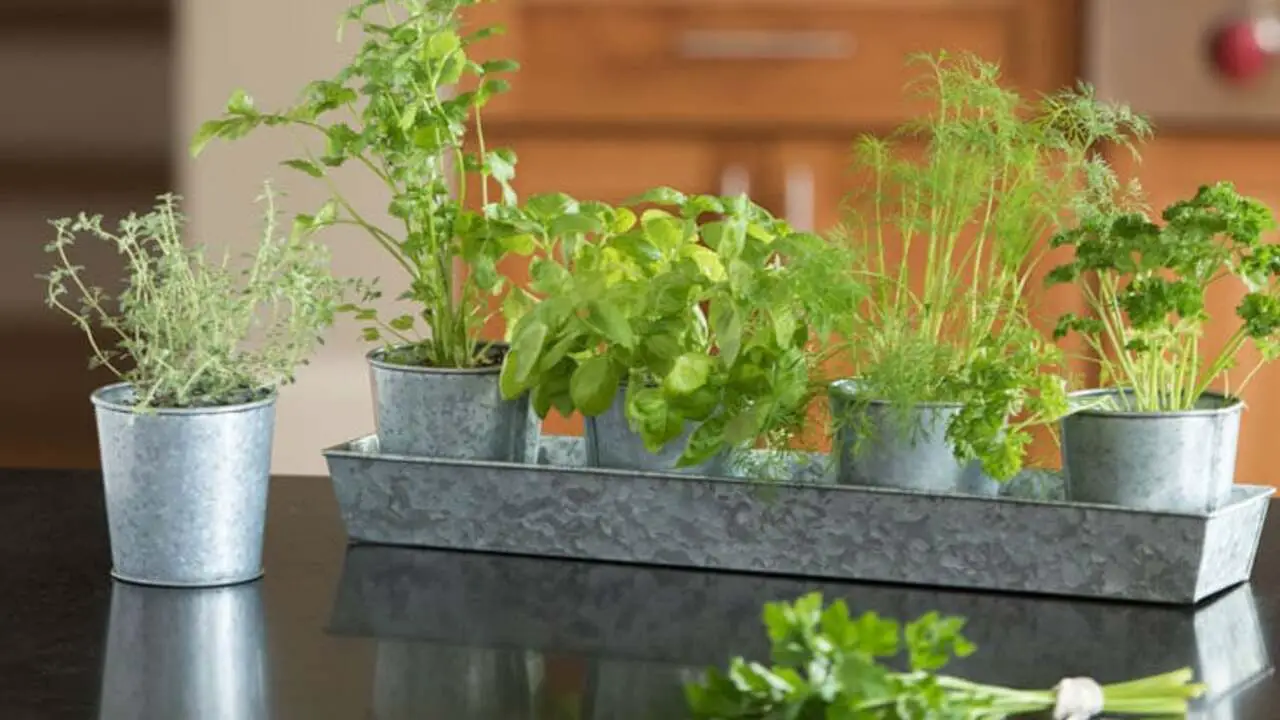
When it comes to growing herbs indoors, having the right supplies is essential for success. Here are some essential supplies that you will need:
- Pots or containers: Choose pots or containers with good drainage to prevent overwatering and root rot.
- Potting soil: Use high-quality potting soil that provides good drainage and nutrients for healthy herb growth.
- Seeds or seedlings: Decide whether you want to start from seeds or purchase seedlings. Both options have their own benefits, so choose what works best for you.
- Grow lights: If you don’t have access to sufficient natural light, invest in grow lights to ensure that your herbs receive the proper amount of light for photosynthesis.
- Watering can or spray bottle: Use a watering can or spray bottle to water your herbs gently and evenly, preventing waterlogged soil.
- Fertilizer: Consider using organic fertilizers specifically formulated for herbs to provide them with essential nutrients.
- Pruning shears: Keep your herbs tidy and encourage new growth by regularly pruning them with sharp pruning shears.
By having these essential supplies on hand, you’ll be well-equipped to start growing your own delicious and aromatic herbs indoors.
10 Best Herbs To Grow Indoors
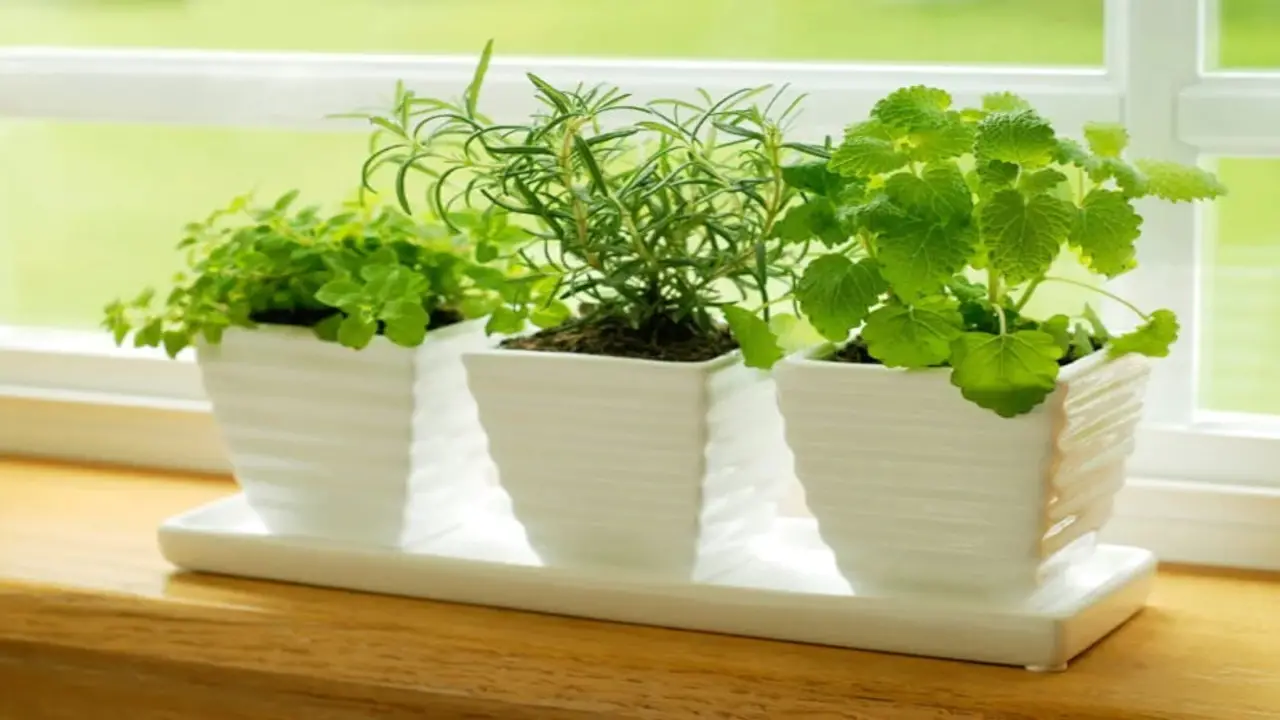
Grow a variety of herbs indoors for fresh and flavorful dishes. Indoor herb gardens provide easy access to year-round freshness. Growing herbs indoors can be a great way to add fresh flavors to your meals and enhance the ambiance of your home. Here are the ten best herbs to grow indoors:
1.Basil (Ocimum Basilicum)
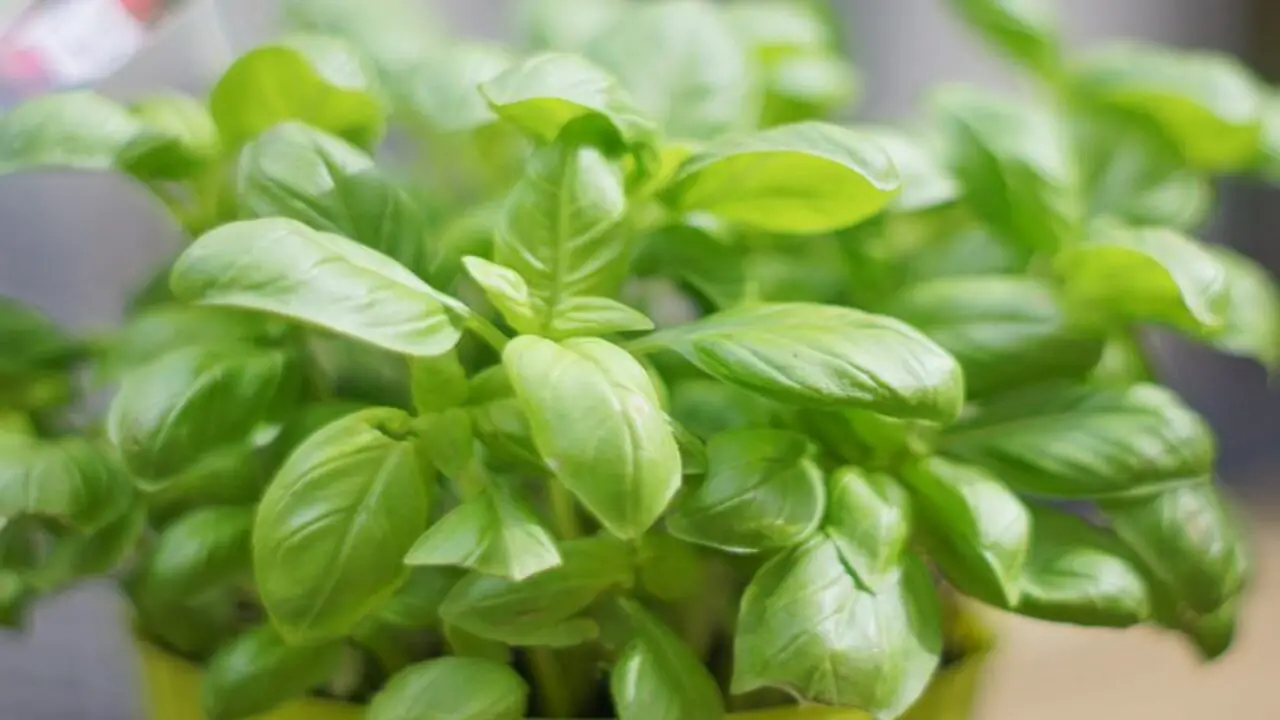
Basil, a versatile herb that adds freshness to dishes, thrives indoors. Grow it in warm, sunny windowsills or under grow lights for a constant supply of aromatic leaves. Enjoy basil’s fragrance and flavor in salads, sauces, and pesto. It’s one of the easiest herbs to grow indoors.
2.Catnip (Nepeta Cataria)
Catnip (Nepeta cataria) is more than just a treat for cats. You can grow it indoors for its medicinal properties. Discover the calming effects of catnip tea made from homegrown leaves. Easily grow catnip plants in containers on a sunny windowsill and enjoy watching your cats play with fresh catnip leaves. Additionally, catnip can also be handy as a natural insect repellent.
3.Chives (Allium Schoenoprasum)
Add a subtle onion essence to your dishes by incorporating fresh chives. These easy-to-care-for herbs thrive indoors, making them the perfect addition to your kitchen. Whether you need to garnish your salads or enhance the flavors of your soups and omelets, snip off a few blades of chives. Keep them conveniently on your kitchen windowsill in a pot for quick accessibility.
4.Lemon Balm (Melissa Officinalis)

Lemon balm, also known as Melissa officinalis, is a fragrant herb that adds a refreshing citrus flavor to beverages and desserts. Enjoy the calming properties of lemon balm tea made from freshly picked leaves.
You can easily grow this hardy herb indoors, adding a bright pop of green to your kitchen. Use fresh lemon balm leaves as a garnish or to infuse oils and vinegar. With minimal care required, lemon balm is an excellent choice for any herb enthusiast.
5.Oregano (Origanum Vulgare Hirtum)
Oregano (Origanum vulgare hirtum) is a versatile herb that is perfect for growing indoors. Many culinary dishes choose it for its strong flavor and aroma, making it known. Oregano is easy to grow and requires minimal care, making it ideal for beginner gardeners. T
o grow oregano indoors, you will need a well-draining pot or container, quality potting soil, and access to sunlight or artificial light. Oregano plants prefer warm temperatures and should be watered when the top inch of soil feels dry. With proper care, your indoor oregano plant can provide you with a fresh supply of flavorful herbs all year round.
6.Parsley (Petroselinum Crispum Neopolitanum)
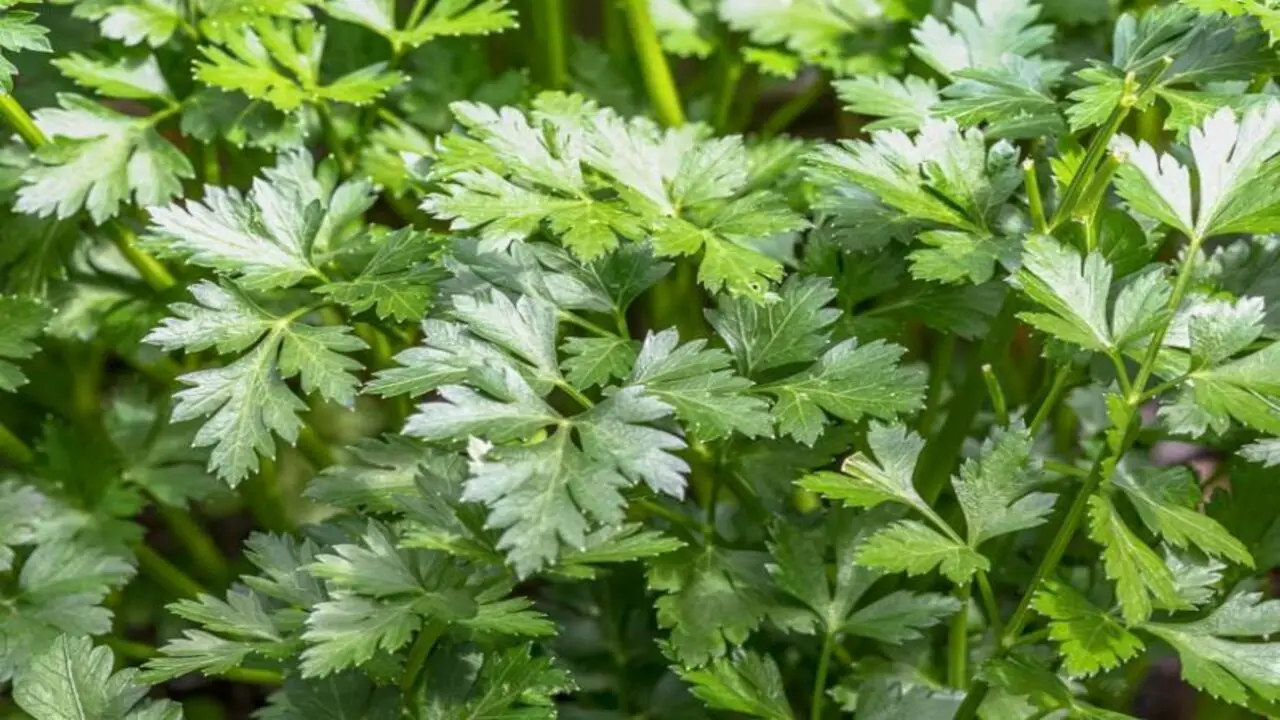
Parsley, a widely-used herb that enhances the flavors of many dishes, can be easily grown indoors for a continuous supply of vibrant green leaves. Harvest the leaves as needed for salads, soups, and sauces. You can grow parsley in pots on a sunny windowsill or under grow lights, enjoying the fresh and slightly peppery taste of homegrown parsley.
7.Rosemary (Salvia Rosmarinus)
Rosemary (Salvia rosmarinus) is a popular herb to grow indoors due to its versatility and aromatic properties. This perennial herb is native to the Mediterranean region and thrives in warm, sunny conditions. Growing rosemary indoors allows you to have fresh sprigs of this fragrant herb at your fingertips year-round.
It can be used in a variety of dishes, such as roasted vegetables, grilled meats, and homemade bread. In addition to its culinary uses, rosemary also has medicinal properties and can be used in teas or essential oils for its calming effects. To successfully grow rosemary indoors, make sure it receives at least six hours of direct sunlight per day and well-draining soil. Regular pruning will help maintain its shape and encourage bushier growth.
8.Sage (Salvia Officinalis)

Sage (Salvia officinalis) is one of the best herbs to grow-indoors due to its versatile uses and easy maintenance. This herb is known for its strong, earthy flavor that adds depth to a variety of dishes. It pairs well with poultry, pork, and roasted vegetables, making it a staple in many kitchens.
Additionally, sage has several medicinal properties and is often used in natural remedies for digestive issues and sore throats. When growing sage indoors, make sure to place it in a sunny spot and water it sparingly to prevent root rot. With proper care, you can enjoy fresh sage year-round for all your culinary and medicinal needs.
9.Spearmint (Mentha Spicata)
Spearmint (Mentha spicata) is a refreshing herb that adds a cool and minty flavor to beverages and desserts. Grow spearmint indoors for a constant supply of fragrant leaves. Enjoy the aroma of fresh spearmint as you snip off a few leaves for your recipes. Spearmint can be grown in pots on a sunny windowsill or under grow lights. Use fresh spearmint leaves to make homemade mint juleps, mojitos, or infused water.
10.Thyme (Thymus Vulgaris)
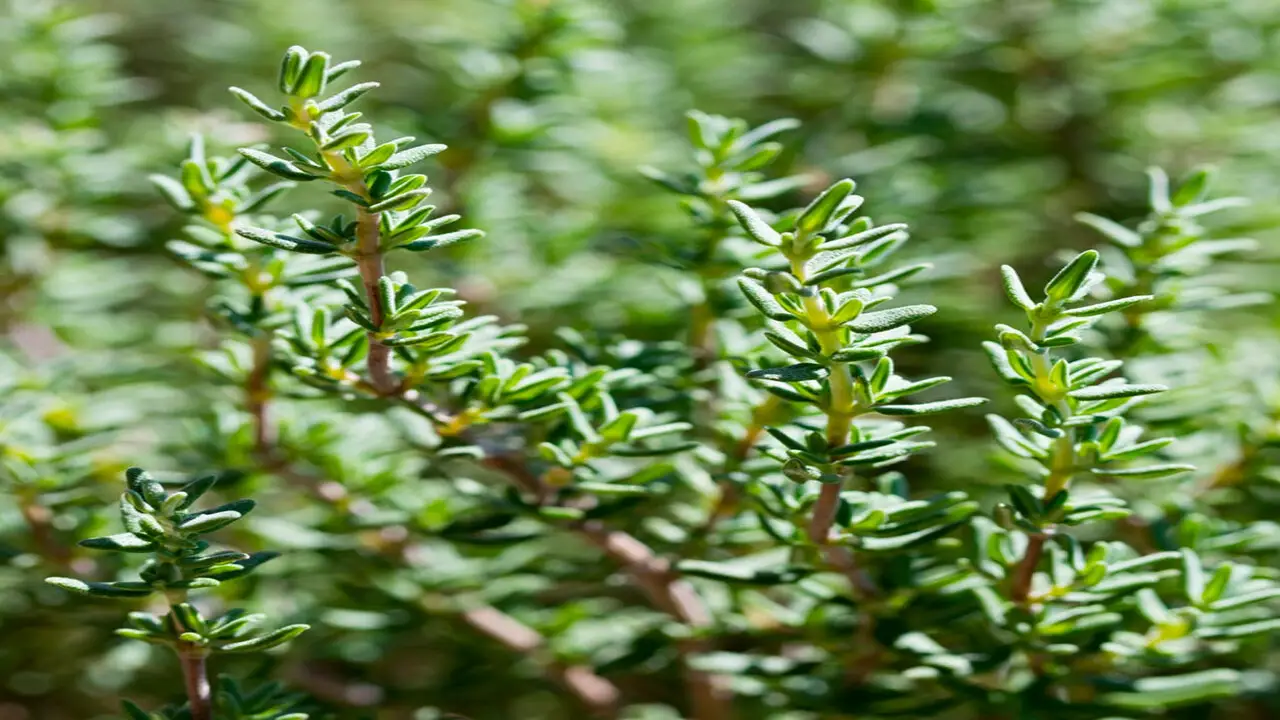
Thyme (Thymus vulgaris) is one of the best herbs to grow-indoors. Not only is it a versatile culinary herb that adds flavor to a wide range of dishes, but it also has medicinal properties and can be used in teas and infusions. Thyme is a hardy herb that thrives in bright, sunny locations and requires minimal care.
It can be grown in pots or containers and is relatively low-maintenance, making it an ideal choice for beginner gardeners. To grow thyme indoors, provide it with well-draining soil, regular watering, and plenty of sunlight. With proper care, you can enjoy fresh thyme year-round right from your own kitchen.
Tips For Growing Herbs Indoors
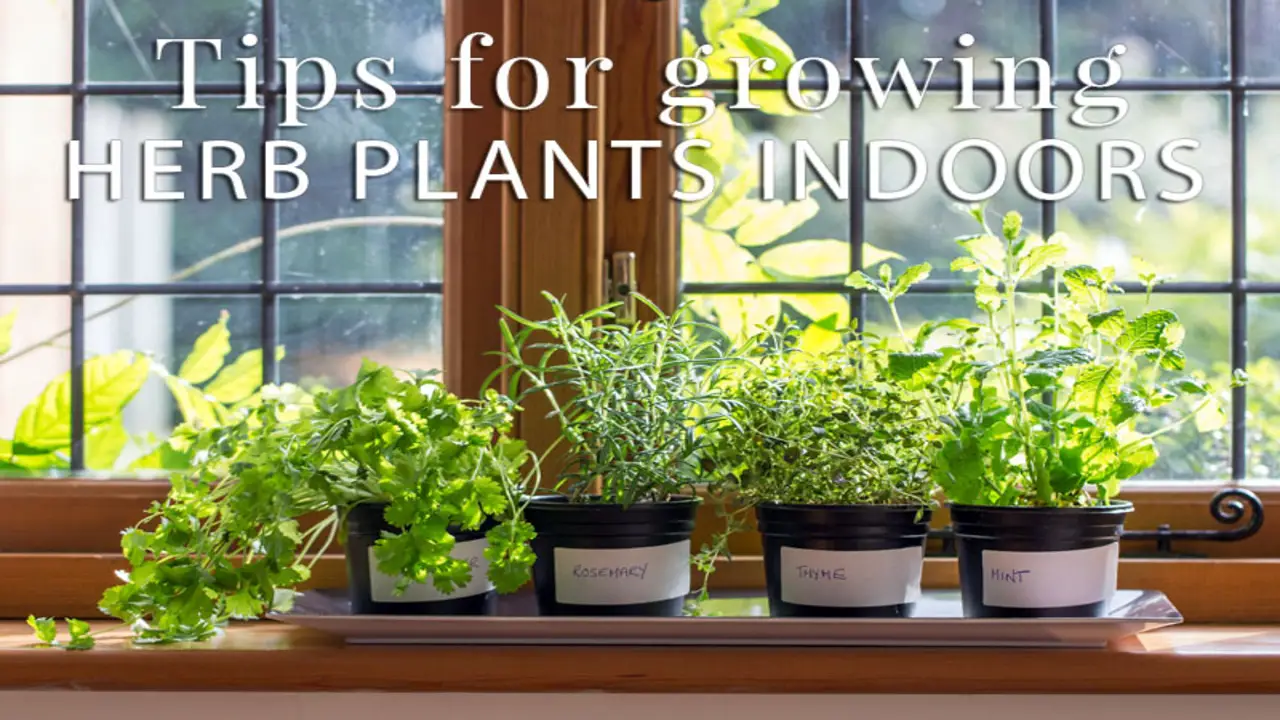
Growing herbs indoors can be a rewarding and convenient way to have fresh herbs at your fingertips year-round. Here are some tips to help you successfully grow herbs indoors:
- Choose The Right Herbs: Not all herbs thrive indoors, so it’s important to choose ones that are well-suited for indoor growing. Some popular options include basil, parsley, mint, thyme, and chives.
- Provide Adequate Light: Herbs need plenty of light to grow properly. Place them near a sunny window or use artificial grow lights if natural sunlight is limited.
- Use Well-Draining Soil: Herbs prefer soil that drains well to prevent root rot. Use a potting mix specifically formulated for indoor plants, or make your own by combining equal parts potting soil, perlite, and coarse sand.
- Water Appropriately: Overwatering is a common mistake when growing herbs indoors. Allow the top inch of soil to dry out before watering again, and be sure not to let the plants sit in standing water.
- Prune Regularly: Regular pruning helps keep herbs bushy and encourages new growth. Pinch off the tips of the stems regularly to promote branching and prevent leggy growth.
- Fertilize Occasionally: Indoor herbs may benefit from a small amount of fertilizer every few months. Use a balanced organic fertilizer according to package instructions.
By following these tips, you can enjoy a thriving indoor herb garden that adds flavor and freshness to your meals all year long.
Conclusion
To sum up, the best herbs to grow indoors is a rewarding and convenient way to have fresh, flavorful ingredients at your fingertips. With the right supplies and a little care, you can successfully cultivate a variety of herbs that will enhance your culinary creations and even provide therapeutic benefits.
Whether you choose to grow basil for its vibrant aroma, catnip for your furry friends, or thyme for its versatile flavor, these herbs can thrive in indoor environments with proper lighting, watering, and pruning.
Remember to consider the specific needs of each herb and provide them with the ideal conditions for growth. So, roll up your sleeves, get your hands dirty, and start growing your indoor herb garden for a continuous supply of aromatic and delicious herbs right in your own home.
Frequently Asked Questions
1.Which Herbs Grow Best Indoors?
Some herbs that thrive indoors include basil, mint, parsley, chives, and thyme. These herbs need sunlight, water, and well-draining soil. You can grow them in containers or hydroponic systems. Consider your available space and preferred herbs when selecting which ones to grow indoors.
2.Can I Grow Herbs Indoors Year-Round?
Yes, it is possible to grow herbs indoors year-round. With proper care and attention, you can create a suitable environment for your herbs. Provide adequate lighting through grow lights or sunny windows, use well-draining soil and pots with drainage holes, and regularly prune and harvest to promote growth.
3.Is It Worth It To Grow Herbs Indoors?
Growing herbs indoors can be a rewarding activity, offering convenience and freshness. Not only are they often cheaper than store-bought herbs, but indoor herb gardens also purify the air and add greenery to your home. With proper care, you can enjoy a steady supply of fresh herbs year-round.
4.What Herbs Can Grow Indoors Without Sunlight?
Some herbs can thrive indoors without direct sunlight. Mint, parsley, chives, and cilantro are examples of herbs that can be grown in low-light conditions. Place them near a window or under fluorescent lights and ensure they receive adequate water and proper drainage.
5.What Do I Need To Grow Herbs Indoors?
To grow herbs indoors, you will need a sunny location with at least six hours of direct sunlight per day. Use potting soil or a soilless mix with drainage holes in the pot. Remember to water and fertilize adequately. Choose between herb seeds or starter plants based on your preference.

